Some places just beg you to lace up your walking shoes and explore. These cities have that special blend of compact layouts, walkable streets, and endless discoveries around every corner that make wandering feel less like a workout and more like an adventure.
The best walking cities aren’t just about covering ground—they’re about stumbling upon hidden cafés, admiring architecture, and getting delightfully lost in neighborhoods that reveal their secrets slowly. Here is a list of 20 cities that transform a simple stroll into an unforgettable experience.
Paris, France

Paris practically invented the art of the stroll with its wide boulevards and compact arrondissements. You can walk from the Louvre to Notre-Dame in about 10 minutes, but you’ll want to take hours wandering through the maze of side streets filled with bookshops and bistros.
The city’s flat terrain and logical grid system make it nearly impossible to get lost for long.
Prague, Czech Republic
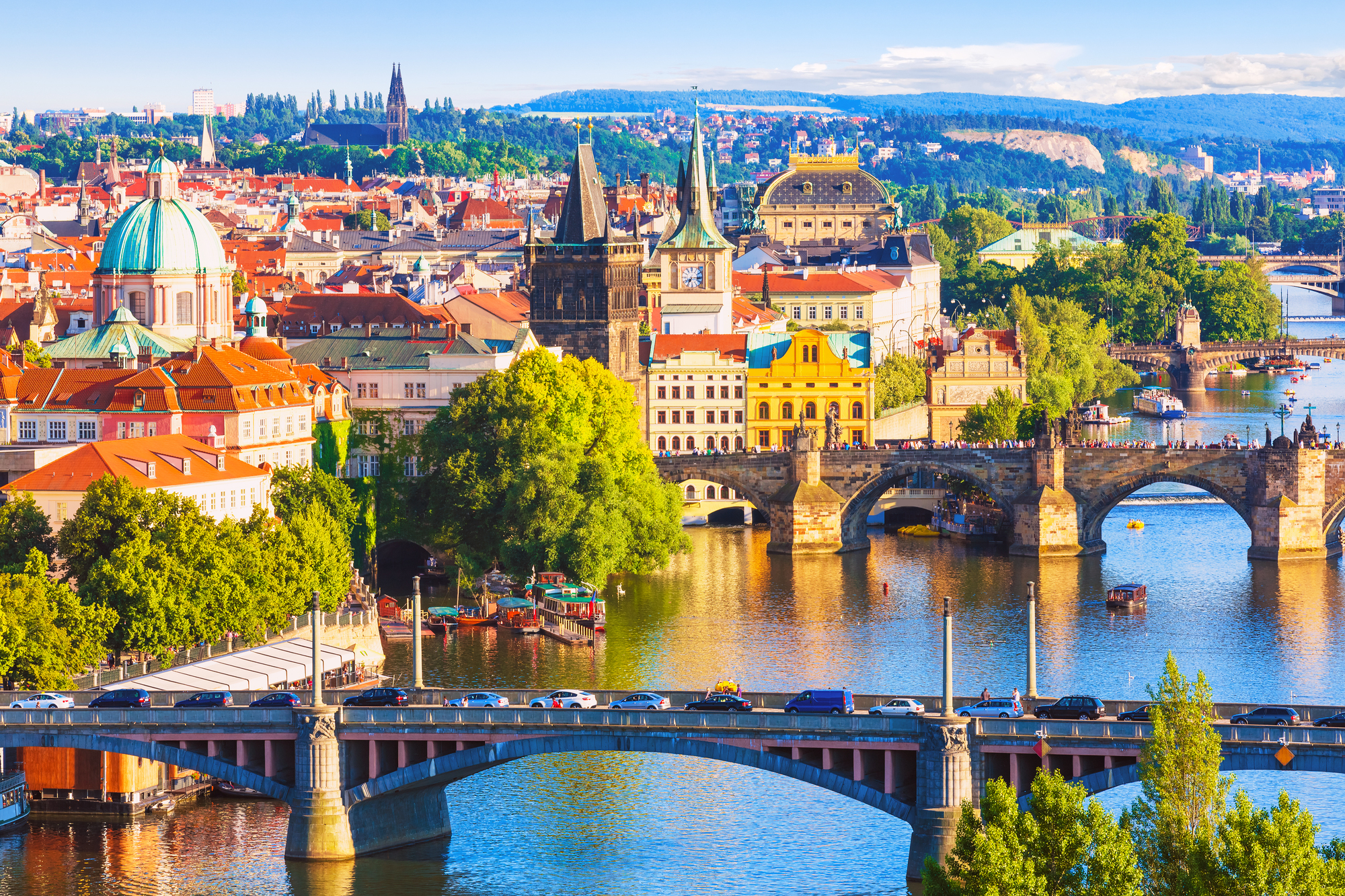
Prague’s Old Town feels like stepping into a fairy tale, with cobblestone streets that wind between Gothic spires and Baroque facades. The entire historic center spans just over a square mile, making it perfectly sized for exploring on foot.
Plus, those famous Prague bridges offer natural waypoints when you need to get your bearings.
Like Travel Pug’s content? Follow us on MSN.
Barcelona, Spain

Barcelona’s grid-like Eixample district makes navigation simple, while the Gothic Quarter provides delightful a delightful maze of medieval alleys. The city’s beach-to-mountain layout means you can walk from seaside tapas bars to hilltop parks in the same afternoon.
Las Ramblas alone offers enough people-watching and street performers to entertain any wanderer for hours.
Amsterdam, Netherlands
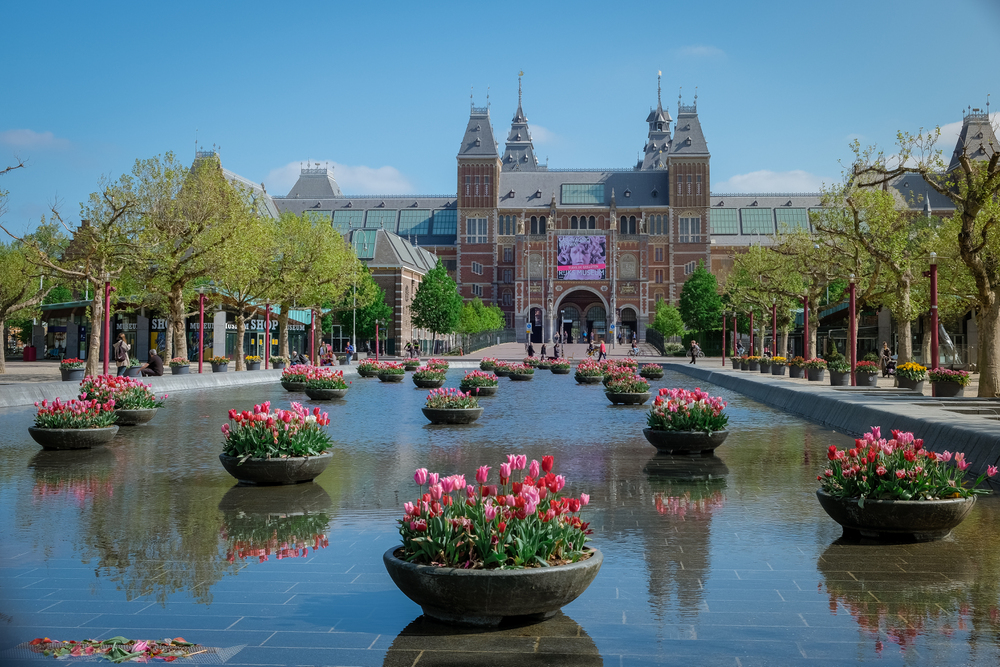
Amsterdam’s concentric canal rings create natural walking routes that loop back on themselves like a giant spiral. The city center is completely flat and compact—you can cross it end-to-end in about 30 minutes if you walk purposefully.
Those famous narrow houses and countless bridges provide endless photo opportunities for wanderers who like to document their discoveries.
Copenhagen, Denmark
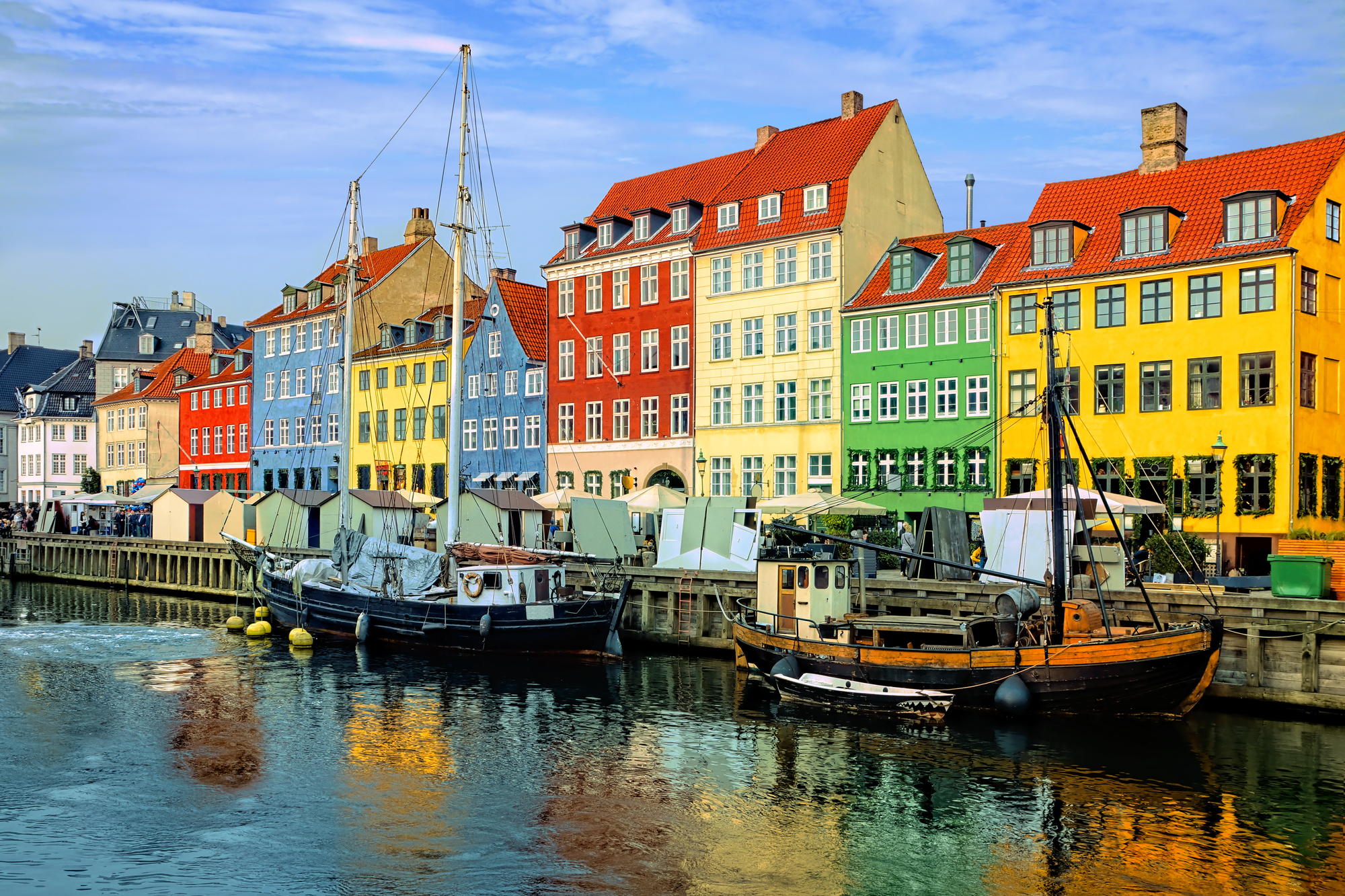
Copenhagen has mastered the art of making pedestrians feel like royalty with its car-free Strøget shopping district and extensive network of walking paths. The city’s ‘hygge’ culture means cozy cafés and parks are scattered everywhere, giving wanderers plenty of places to rest and recharge.
Nyhavn’s colorful buildings and canal-side walkways offer some of the most Instagram-worthy strolling in Northern Europe.
Like Travel Pug’s content? Follow us on MSN.
Vienna, Austria

Vienna’s Ringstrasse boulevard encircles the historic center like a walking highway, connecting imperial palaces, museums, and parks in one grand loop. The city’s coffeehouse culture provides perfect pit stops for wanderers who want to rest their feet while soaking up the local atmosphere.
Those wide sidewalks and pedestrian zones make it easy to wander without constantly dodging traffic.
Florence, Italy
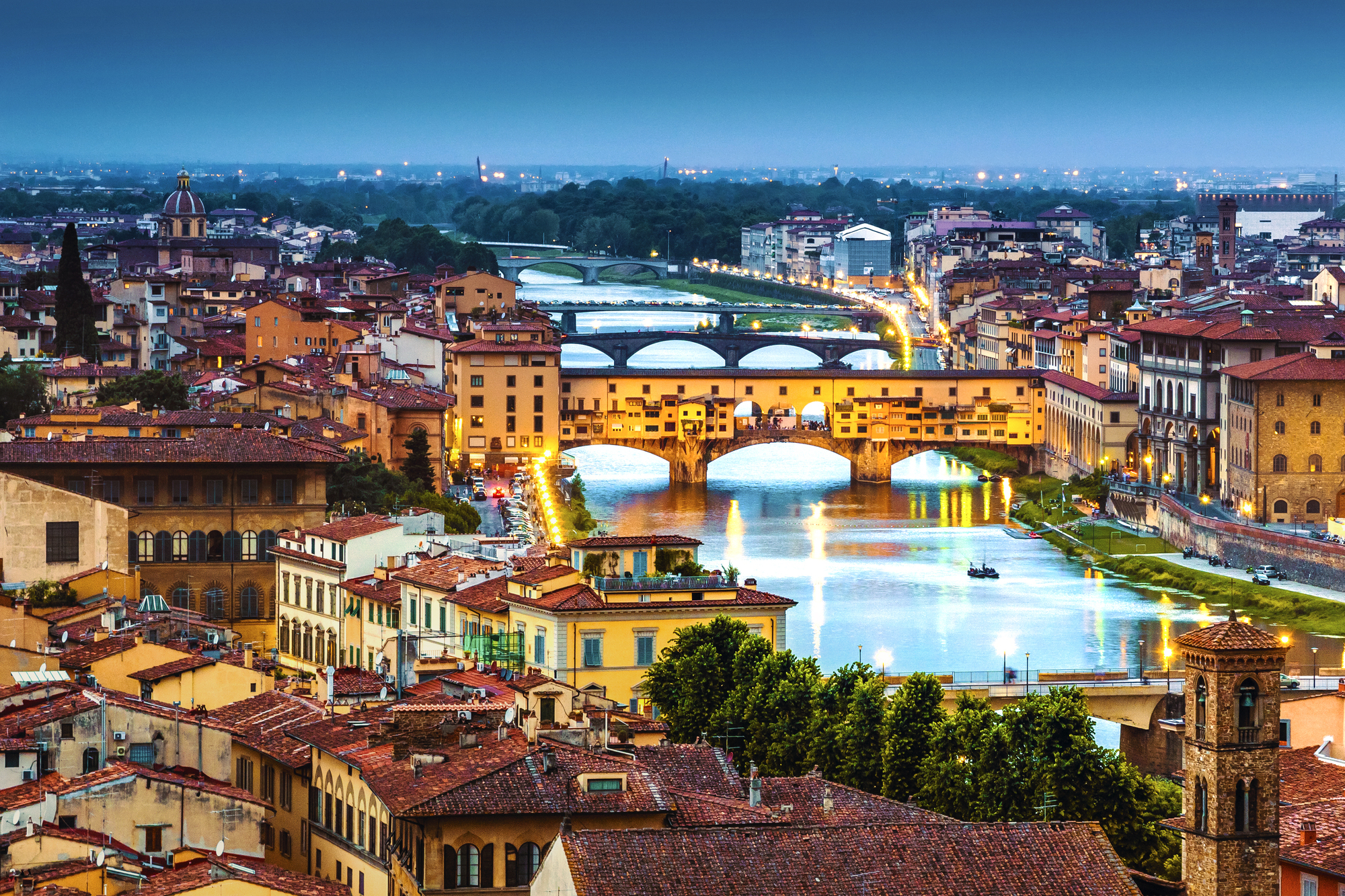
Florence packs an incredible amount of Renaissance art and architecture into a surprisingly small historic center that’s completely walkable. You can stroll from Michelangelo’s David to the Ponte Vecchio in about 15 minutes, though the stunning churches and piazzas along the way will slow you down considerably.
The Arno River provides a natural boundary that makes navigation simple, even in Florence’s winding medieval streets.
Kyoto, Japan

Kyoto’s traditional neighborhoods like Gion and Pontocho are designed for slow, contemplative wandering between temples, tea houses, and bamboo groves. The city’s grid system makes it nearly impossible to get truly lost, while the abundance of shrines and gardens provides natural destinations for wanderers.
Those famous geisha districts are best explored on foot, where you might catch a glimpse of a maiko hurrying to an appointment.
Like Travel Pug’s content? Follow us on MSN.
Stockholm, Sweden

Stockholm’s Gamla Stan (Old Town) occupies its island, creating a perfectly contained wandering zone surrounded by water. The city’s numerous bridges and waterfront promenades offer scenic walking routes that connect different neighborhoods naturally.
Swedish design sensibilities mean even the street furniture and shop windows provide visual treats for observant wanderers.
Bruges, Belgium
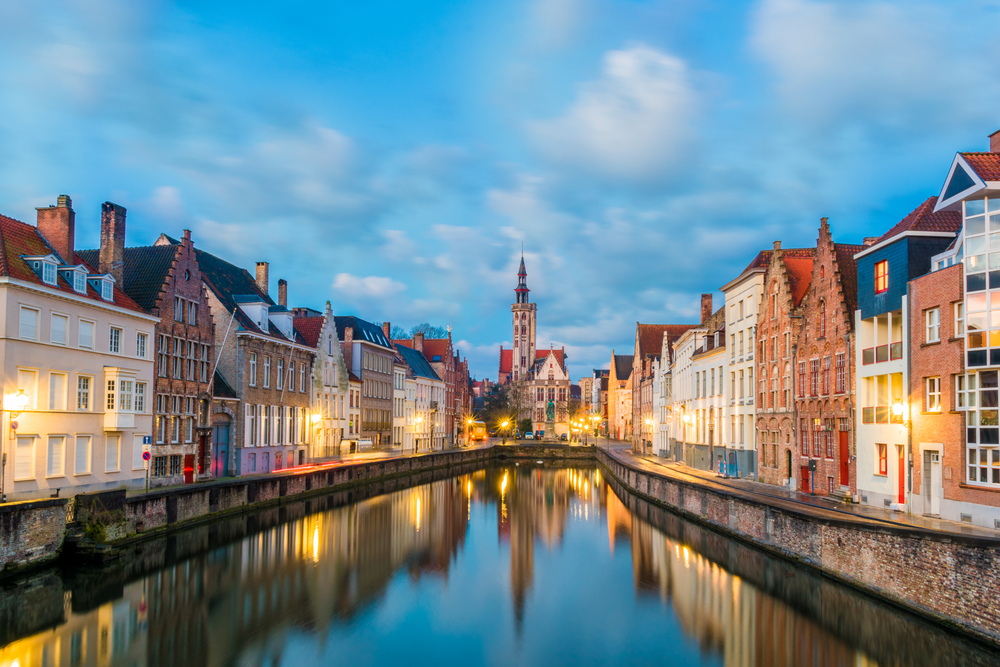
Bruges feels like a medieval theme park, but one where the cobblestones and canals are authentically ancient and perfectly preserved. The entire city center is small enough to explore thoroughly in a day, yet intricate enough to reward multiple visits.
Those canal-side paths and market squares create natural gathering spots where wanderers can pause and watch daily life unfold.
Edinburgh, Scotland
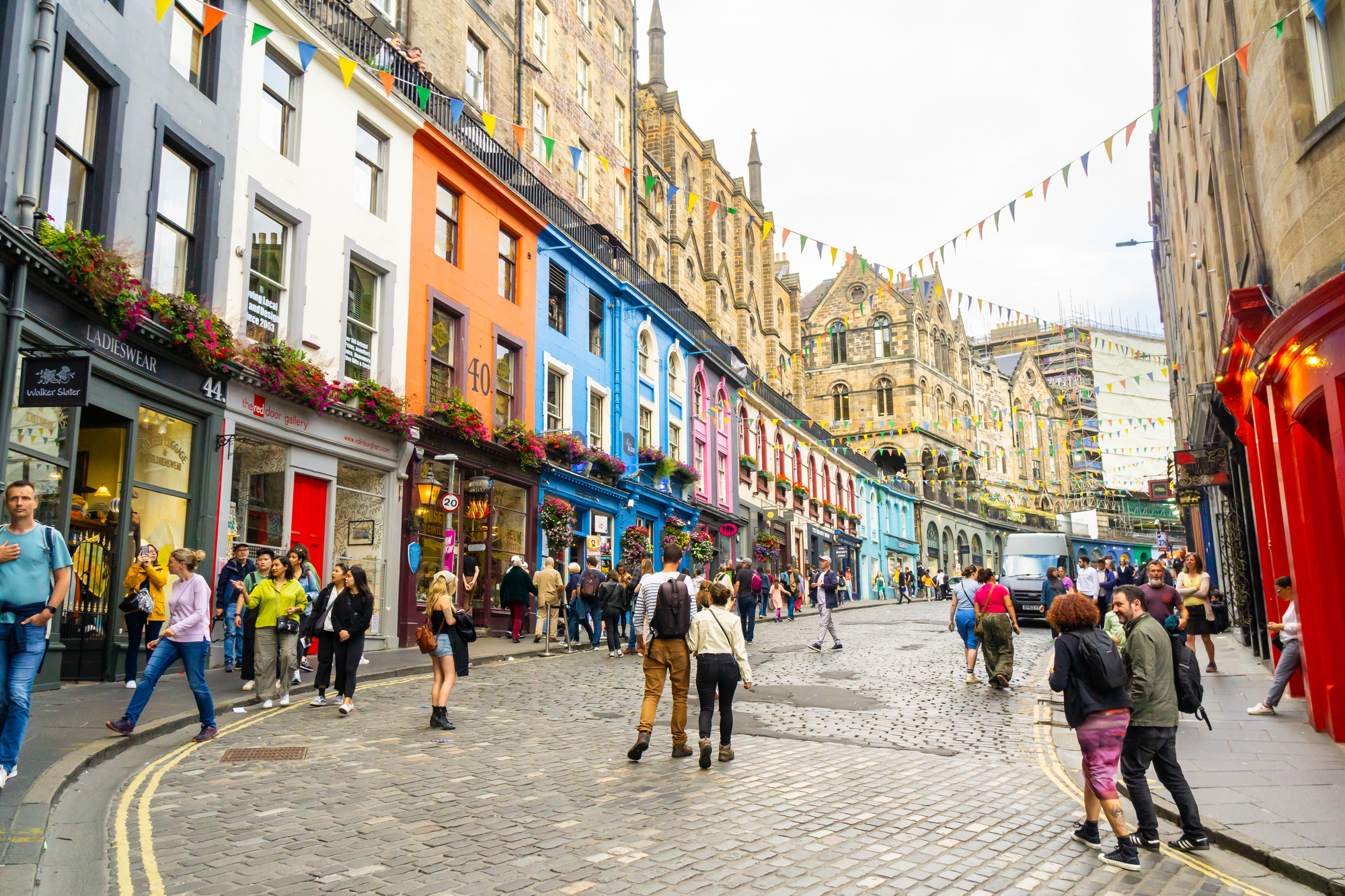
Edinburgh’s Royal Mile provides a natural spine for wandering, connecting the castle to the palace in a straight line through the heart of the Old Town. The city’s close-knit layout means you can easily explore both the medieval streets and Georgian terraces in the same walking tour.
Those famous Edinburgh closes (narrow alleyways) offer hidden passages that make wandering feel like a treasure hunt.
Like Travel Pug’s content? Follow us on MSN.
Boston, Massachusetts
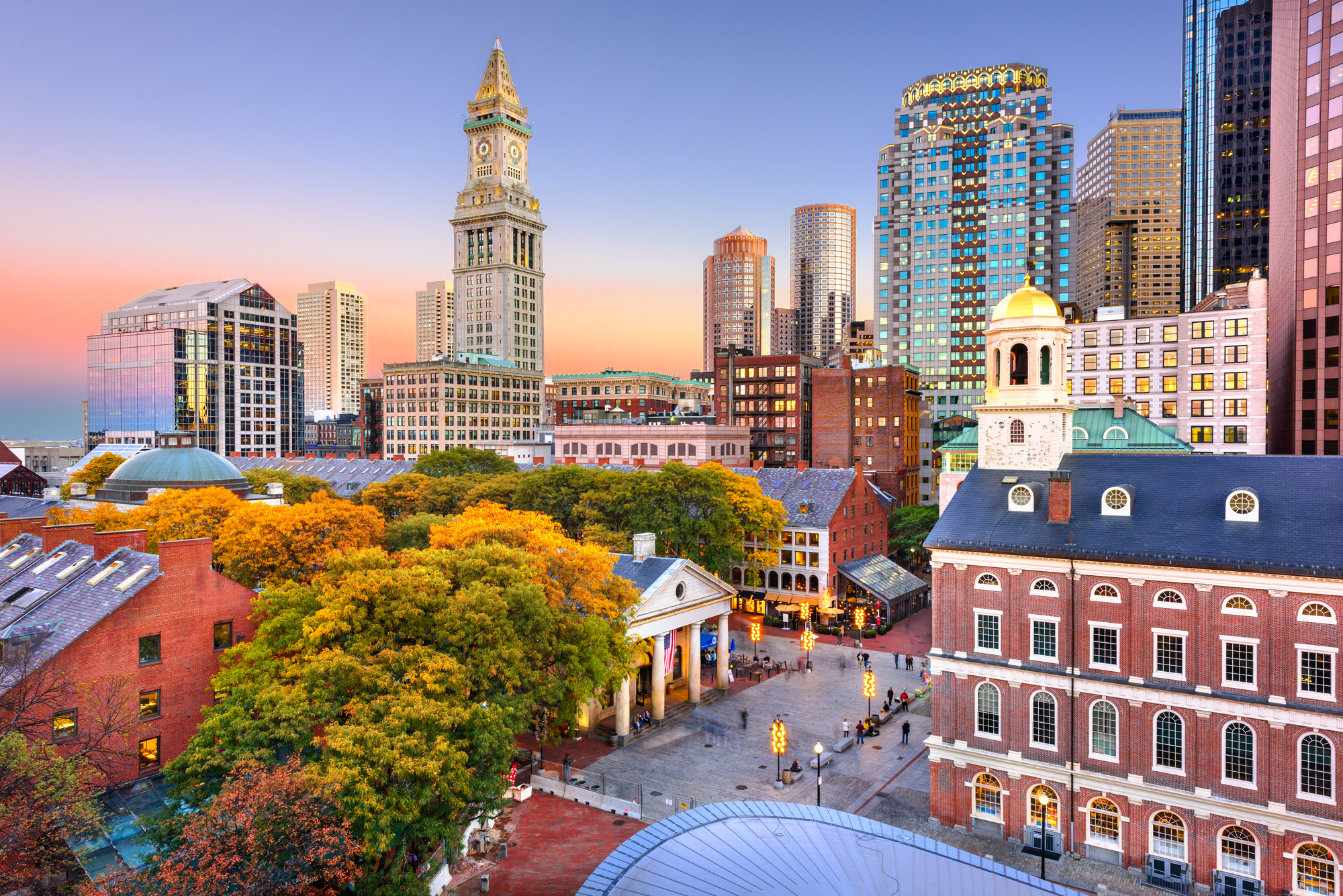
Boston’s Freedom Trail creates a ready-made walking route through the city’s most historic neighborhoods, marked by a convenient red brick line in the sidewalk. The city’s compact downtown and well-preserved colonial architecture make it feel like an open-air history museum.
Those famous Boston Common and the Public Garden provide green spaces where wanderers can rest between exploring the surrounding Back Bay and Beacon Hill districts.
San Francisco, California
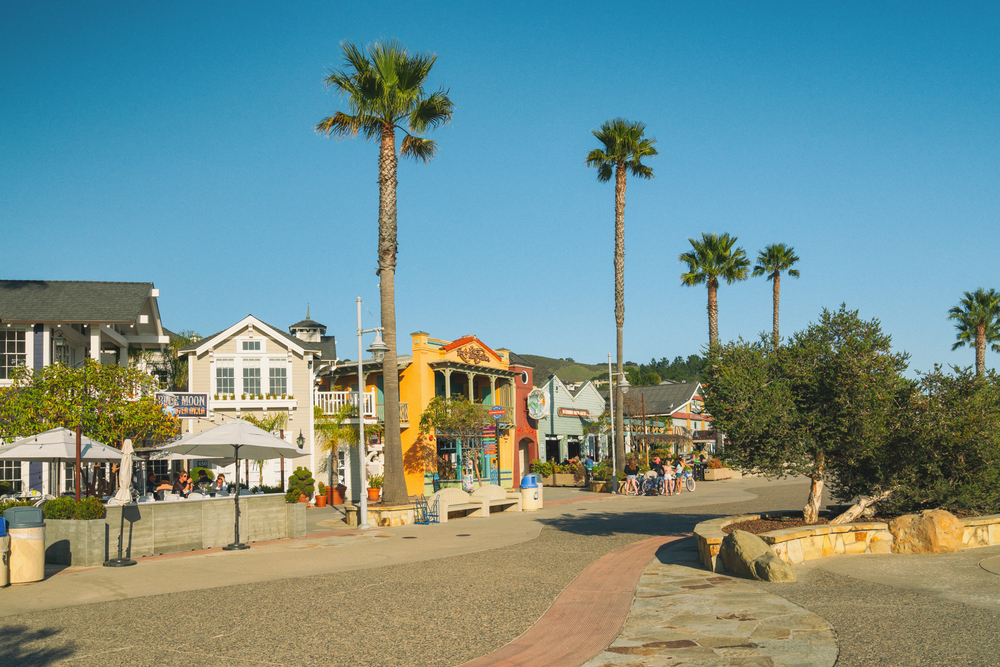
San Francisco’s grid system and compact size make it surprisingly walkable despite those famous hills that provide both challenge and reward for dedicated wanderers. The city’s diverse neighborhoods—from Chinatown to the Mission—offer distinct personalities within walking distance of each other.
Those cable car lines provide convenient assistance for wanderers who want to save their energy for exploring rather than climbing.
Montreal, Canada

Montreal’s Old Town preserves European charm with cobblestone streets and stone buildings that make wandering feel like a trip back in time. The city’s underground PATH system provides climate-controlled walking routes during harsh winters, while summer brings outdoor festivals and street life to every neighborhood.
Those French café terraces and public squares create natural stopping points for wanderers who like to people-watch.
Like Travel Pug’s content? Follow us on MSN.
Lisbon, Portugal
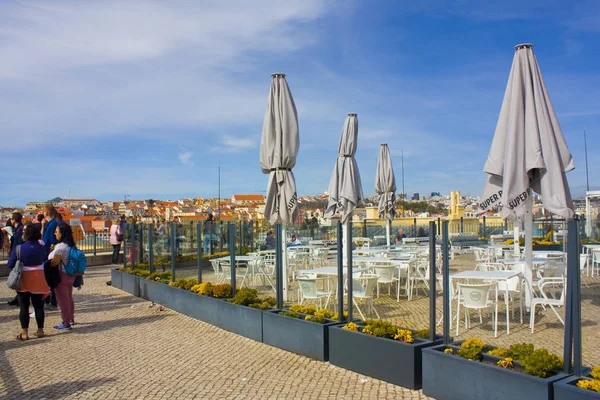
Lisbon’s tram lines provide convenient reference points for wanderers exploring the city’s hilly neighborhoods, while those famous miradouros (viewpoints) offer rewarding destinations. The city’s pastel-colored buildings and azulejo tiles create a visual feast for wanderers who appreciate architectural details.
Alfama’s narrow streets and fado houses provide an authentic local atmosphere that rewards slow, exploratory walking.
Melbourne, Australia
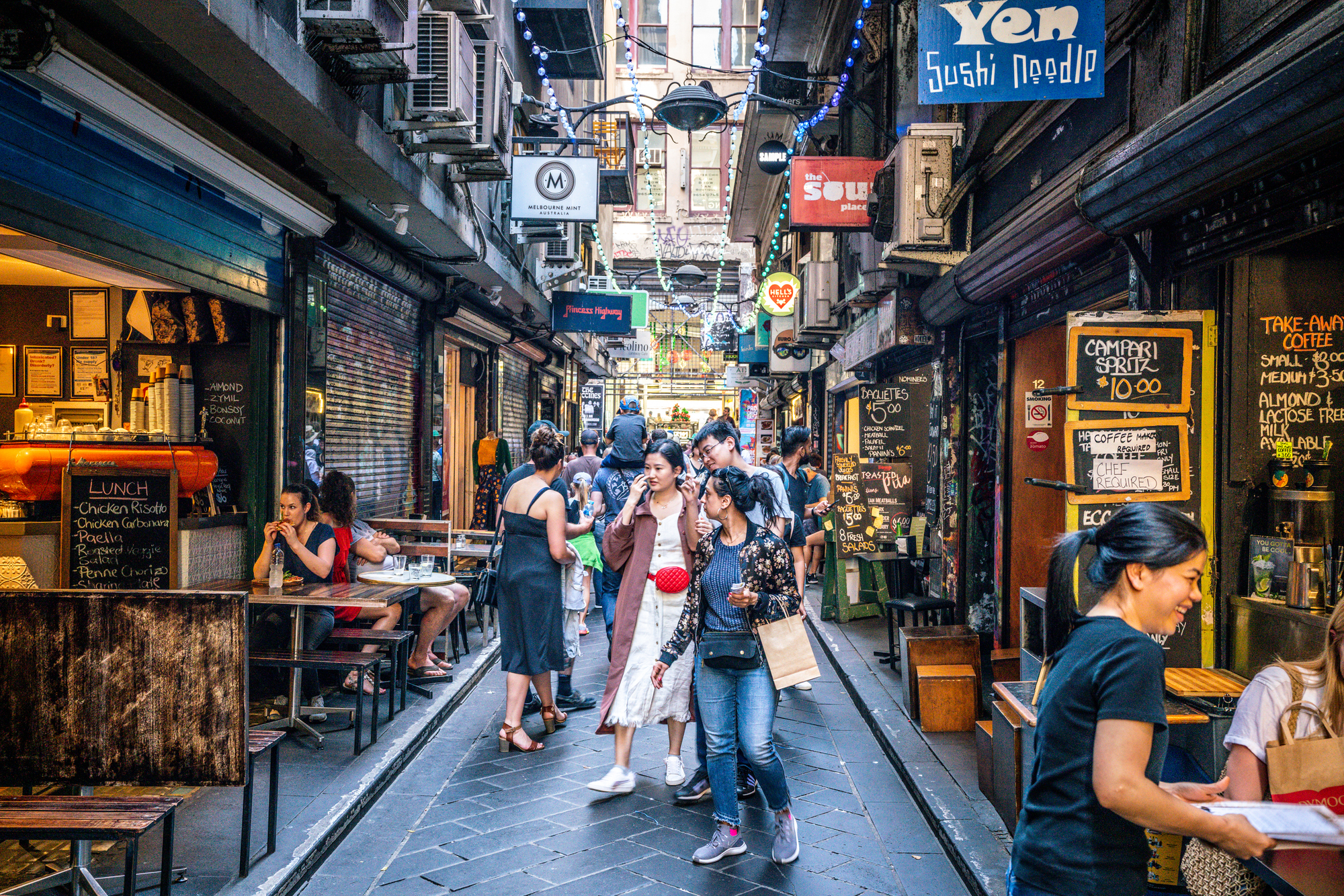
Melbourne’s famous laneways hide street art, coffee roasters, and boutique shops that reveal themselves only to wanderers willing to explore beyond the main streets. The city’s grid layout makes navigation simple, while the Yarra River provides scenic walking paths that connect different neighborhoods.
Those numerous parks and gardens scattered throughout the city offer green respites for wanderers who want to escape the urban buzz.
Buenos Aires, Argentina
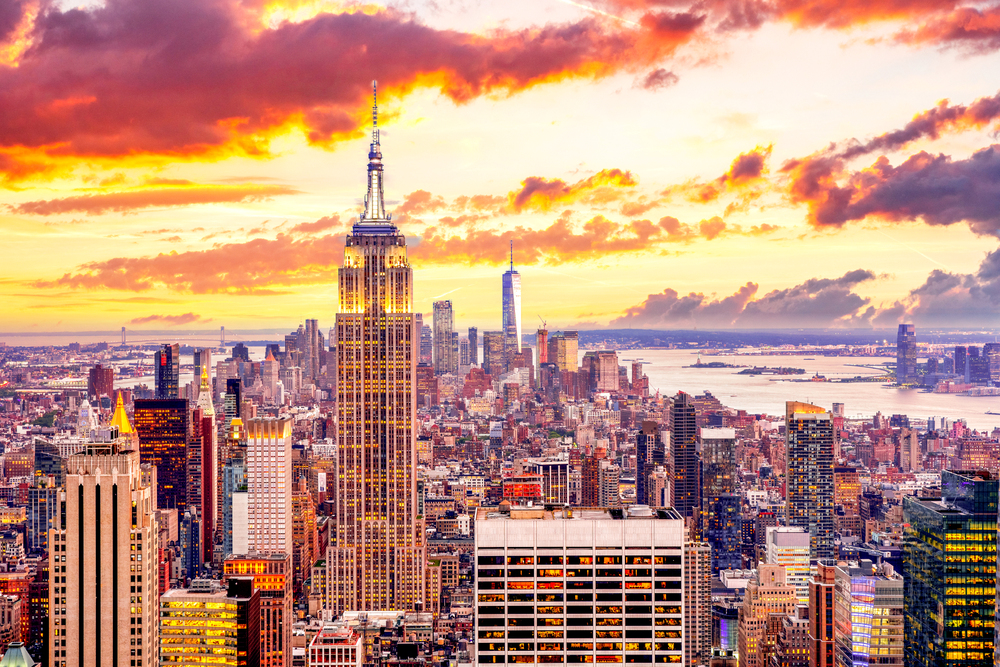
Buenos Aires’ European-inspired layout and café culture make it perfect for wandering between tango shows, bookstores, and steakhouses. The city’s barrios each have distinct personalities—from the colorful houses of La Boca to the elegant streets of Recoleta—that reward exploratory walking.
Those wide avenues and numerous plazas provide natural gathering spots where wanderers can observe local life.
Like Travel Pug’s content? Follow us on MSN.
Istanbul, Turkey

Istanbul’s historic peninsula contains layers of Byzantine and Ottoman architecture that reveal themselves gradually to wanderers who take time to explore beyond the main tourist sites. The city’s bazaars and hammams create immersive experiences that can only be fully appreciated on foot.
Those Bosphorus waterfront promenades offer scenic walking routes with views across two continents.
Marrakech, Morocco
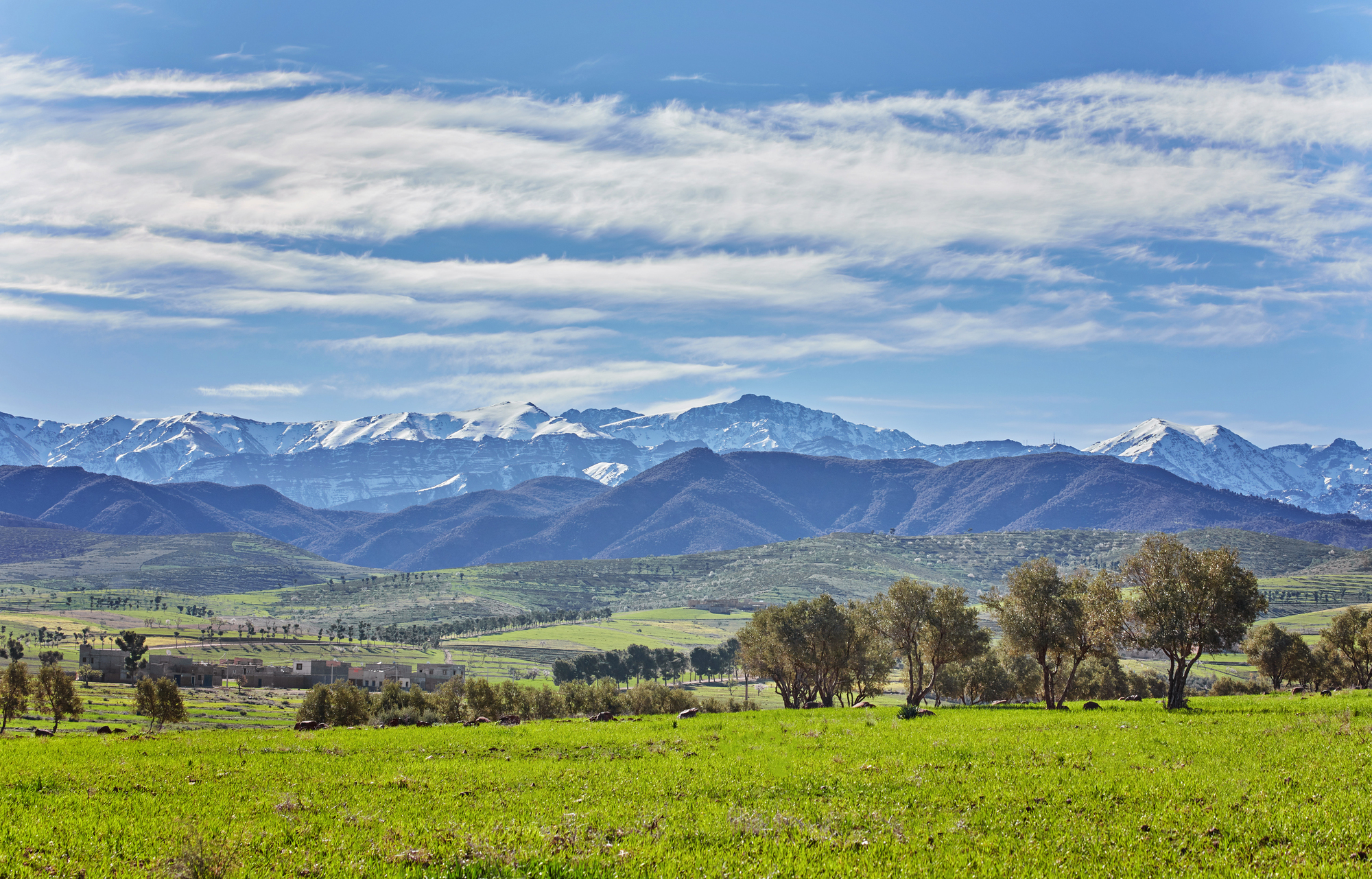
Marrakech’s medina creates a labyrinthine wandering experience where getting lost is half the fun and souks reveal treasures around every corner. The city’s Jemaa el-Fnaa square provides a central gathering point where wanderers can orient themselves between exploring the surrounding riads and gardens.
Those narrow alleyways and hidden courtyards reward curious wanderers with authentic glimpses of daily Moroccan life.
Portland, Oregon

Portland’s compact downtown and extensive network of food trucks, breweries, and independent shops make it a wanderer’s paradise for discovering local culture. The city’s numerous bridges provide scenic walking routes across the Willamette River, connecting different neighborhoods naturally.
Those famous Portland food carts and coffee roasters create convenient stops for wanderers who like to fuel their explorations with local specialties.
Like Travel Pug’s content? Follow us on MSN.
Where Every Step Tells a Story

These cities prove that the best travel experiences often happen at walking pace, where you can notice architectural details, overhear conversations, and stumble upon experiences that no guidebook could predict. The modern world’s emphasis on efficiency and speed makes wandering feel almost revolutionary—a deliberate choice to slow down and pay attention.
Each of these destinations rewards that choice with neighborhoods that reveal their character gradually, like good books that get better with each chapter. The art of urban wandering transforms any city visit from a checklist of attractions into a series of small discoveries that stick with you long after you’ve returned home.
More from Travel Pug

- 20 Best Beach Towns in the Carolinas
- 13 Destinations Where Tourists Regularly Regret Their Trip
- 20 Things You Actually Get in First Class
- 20 Small Airports With Aviation Museums
- 20 Places in the U.S. That Are Perfect for a Reset Trip
Like Travel Pug’s content? Follow us on MSN.
